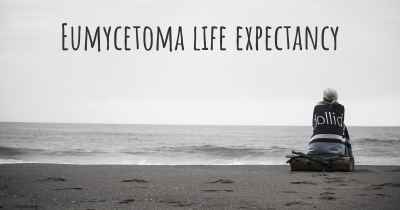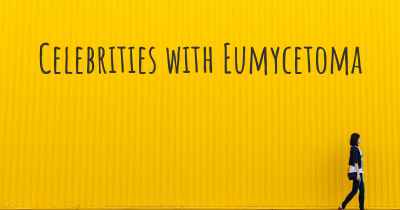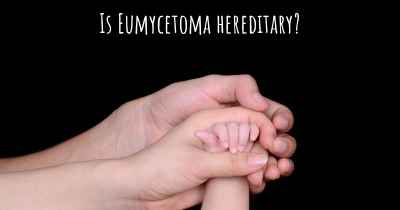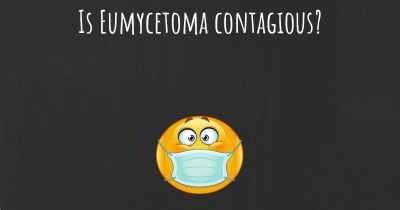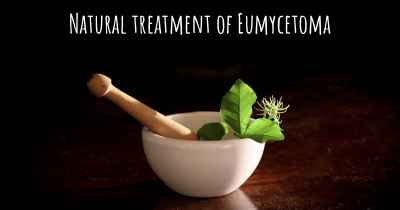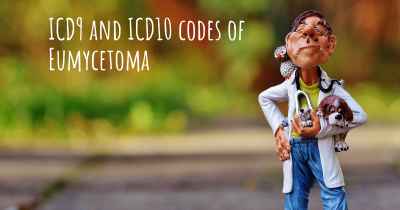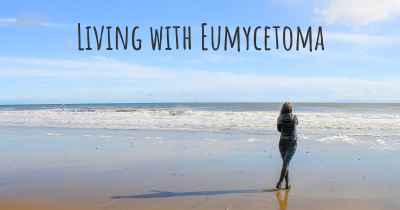What are the latest advances in Eumycetoma?
Here you can see the latest advances and discoveries made regarding Eumycetoma.
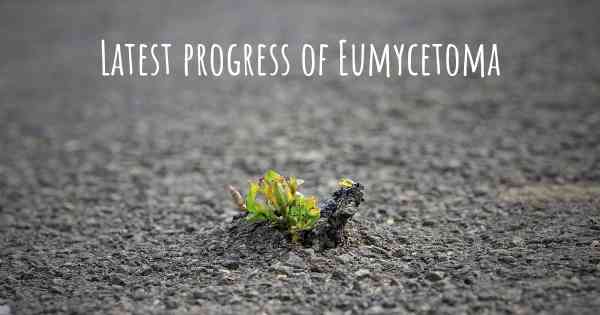
Eumycetoma is a chronic, debilitating, and neglected tropical disease caused by fungal infections. It primarily affects the skin, subcutaneous tissues, and bones, leading to severe deformities and disabilities if left untreated. Over the years, significant advances have been made in the diagnosis, treatment, and prevention of eumycetoma, offering hope to the affected individuals.
Improved Diagnostic Techniques
Accurate and timely diagnosis is crucial for effective management of eumycetoma. Traditional diagnostic methods, such as direct microscopy and culture, have limitations in terms of sensitivity and specificity. However, recent advances have introduced molecular techniques that have revolutionized the diagnosis of eumycetoma.
PCR-based assays have been developed to detect specific fungal DNA in clinical samples, enabling rapid and accurate identification of the causative agents. These assays have shown high sensitivity and specificity, allowing for early diagnosis and appropriate treatment initiation.
Next-generation sequencing (NGS) has also emerged as a powerful tool in eumycetoma diagnosis. NGS enables the simultaneous sequencing of multiple fungal genomes, providing a comprehensive understanding of the causative agents and their genetic characteristics. This information can aid in tailoring treatment strategies and predicting drug resistance.
Advancements in Treatment
Traditionally, eumycetoma treatment involved long-term antifungal therapy combined with surgical interventions. However, recent advances have expanded the treatment options and improved outcomes for patients.
Antifungal drug development has seen significant progress, with the discovery of new antifungal agents and the repurposing of existing drugs. These novel drugs offer improved efficacy, reduced toxicity, and enhanced oral bioavailability, making them more suitable for long-term treatment of eumycetoma.
Combination therapy has also gained attention as a promising approach. By combining different antifungal agents with complementary mechanisms of action, synergistic effects can be achieved, leading to improved treatment outcomes and reduced drug resistance.
Immunotherapy has emerged as a potential adjunctive treatment for eumycetoma. By modulating the immune response, immunotherapeutic approaches aim to enhance the host's ability to control the fungal infection. This can potentially reduce the reliance on long-term antifungal therapy and improve patient outcomes.
Prevention Strategies
Preventing eumycetoma is challenging due to the environmental and occupational factors associated with its development. However, recent advances have focused on preventive strategies to reduce the burden of the disease.
Education and awareness campaigns have been implemented to educate individuals at risk, such as farmers and agricultural workers, about the importance of personal hygiene, wound care, and early treatment seeking. By raising awareness, the aim is to prevent the development of eumycetoma or detect it at an early stage when treatment is more effective.
Improved wound care practices have also been emphasized to prevent secondary fungal infections that can lead to eumycetoma. Proper wound cleaning, dressing, and early treatment of minor injuries can significantly reduce the risk of fungal colonization and subsequent disease development.
In conclusion, the field of eumycetoma has witnessed significant advancements in recent years. Improved diagnostic techniques, including PCR-based assays and NGS, have revolutionized the identification of causative agents. Treatment options have expanded with the development of new antifungal drugs, combination therapy, and immunotherapy. Prevention strategies, such as education campaigns and improved wound care, aim to reduce the burden of the disease. These advances offer hope for individuals affected by eumycetoma and pave the way for better management and control of this neglected tropical disease.
